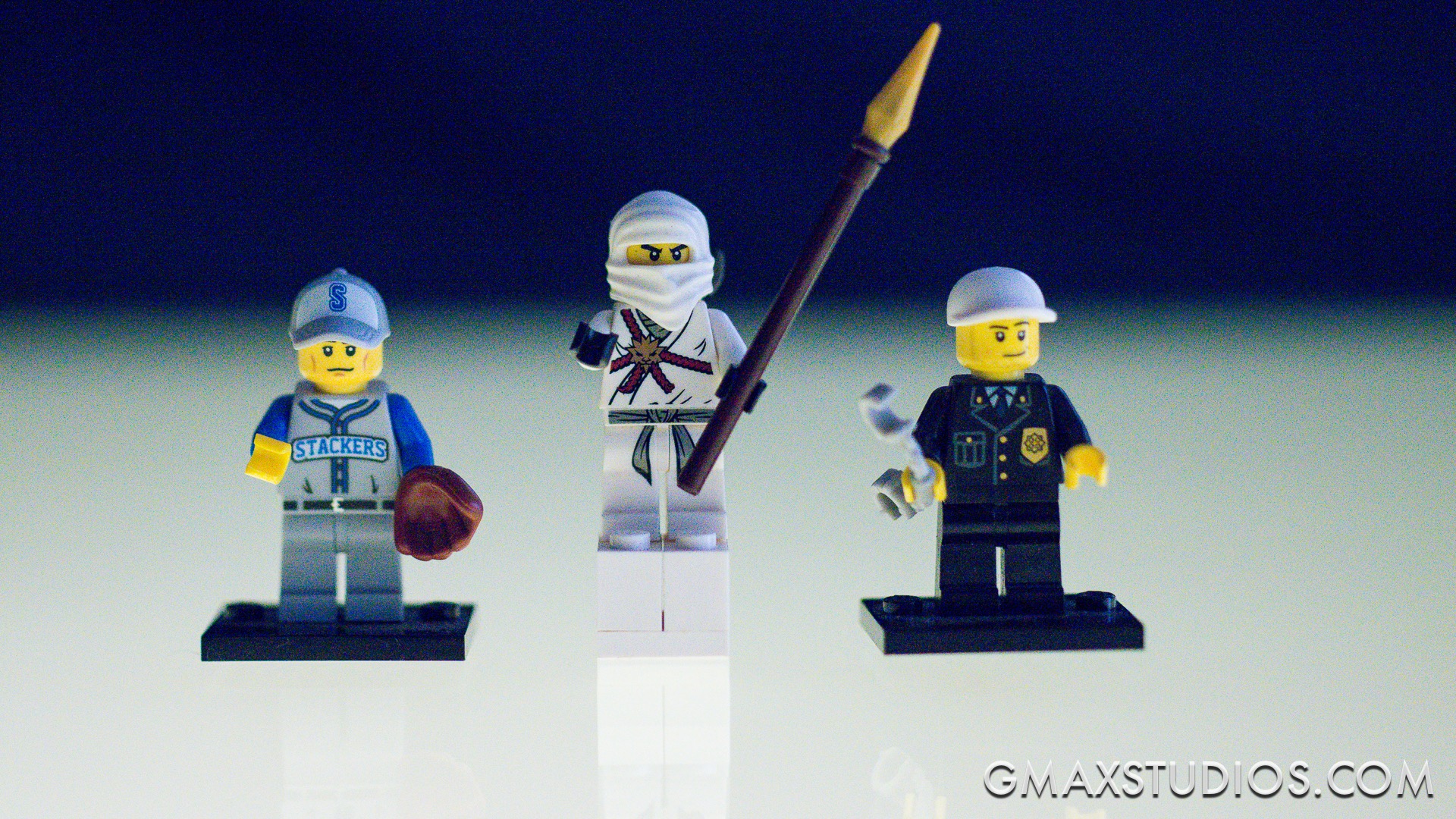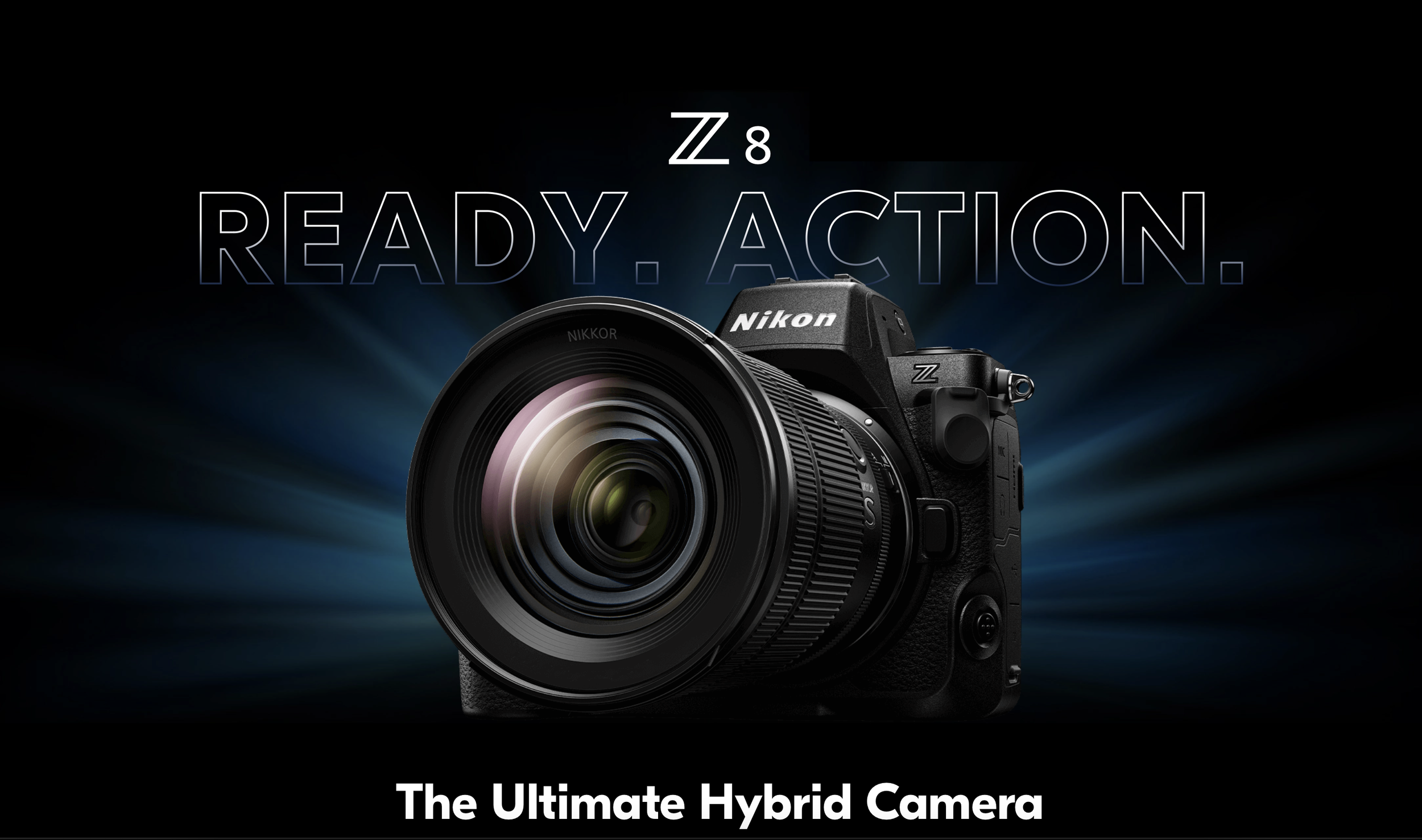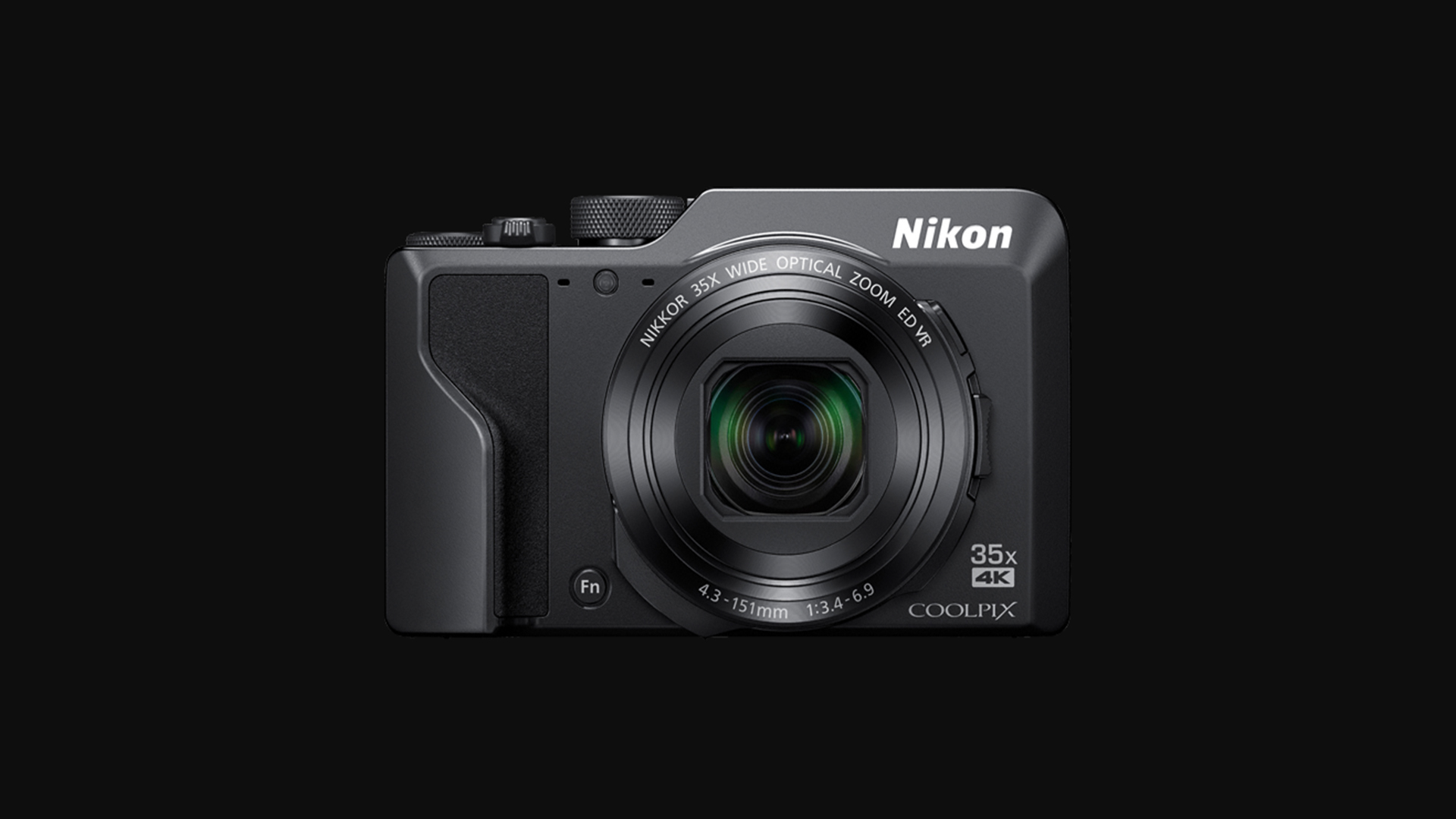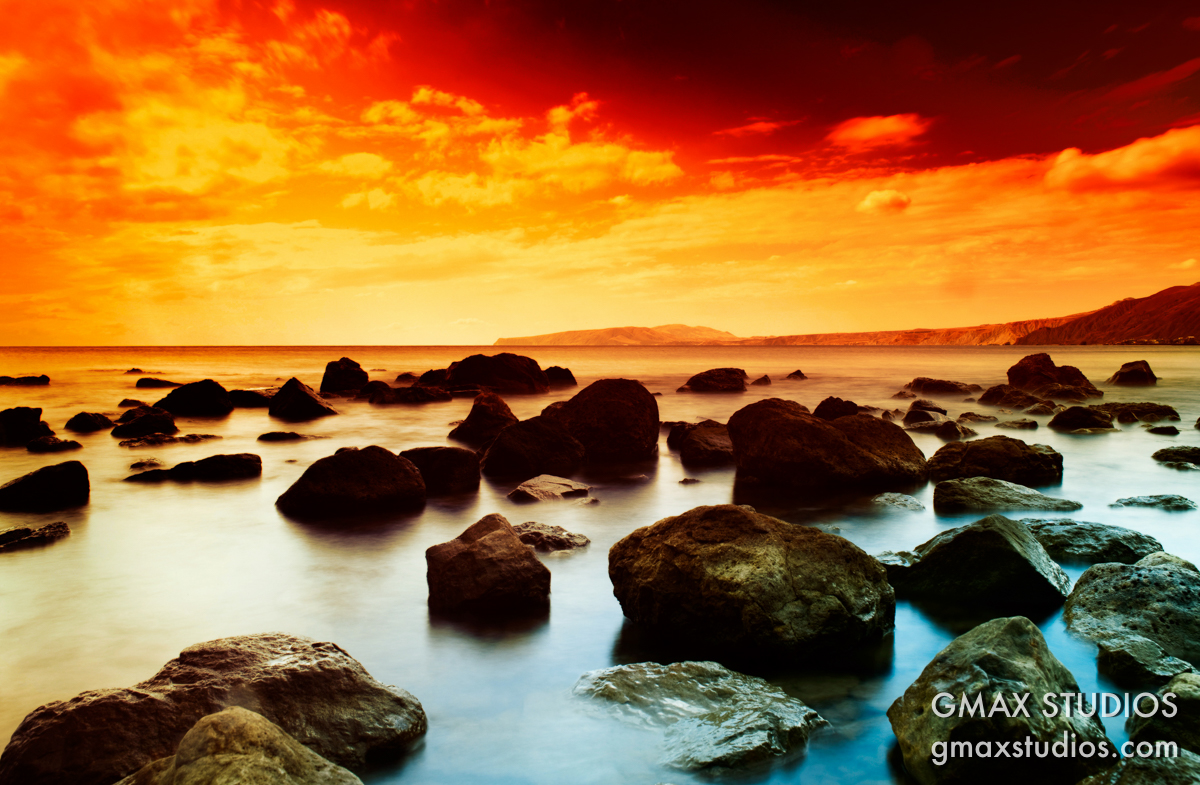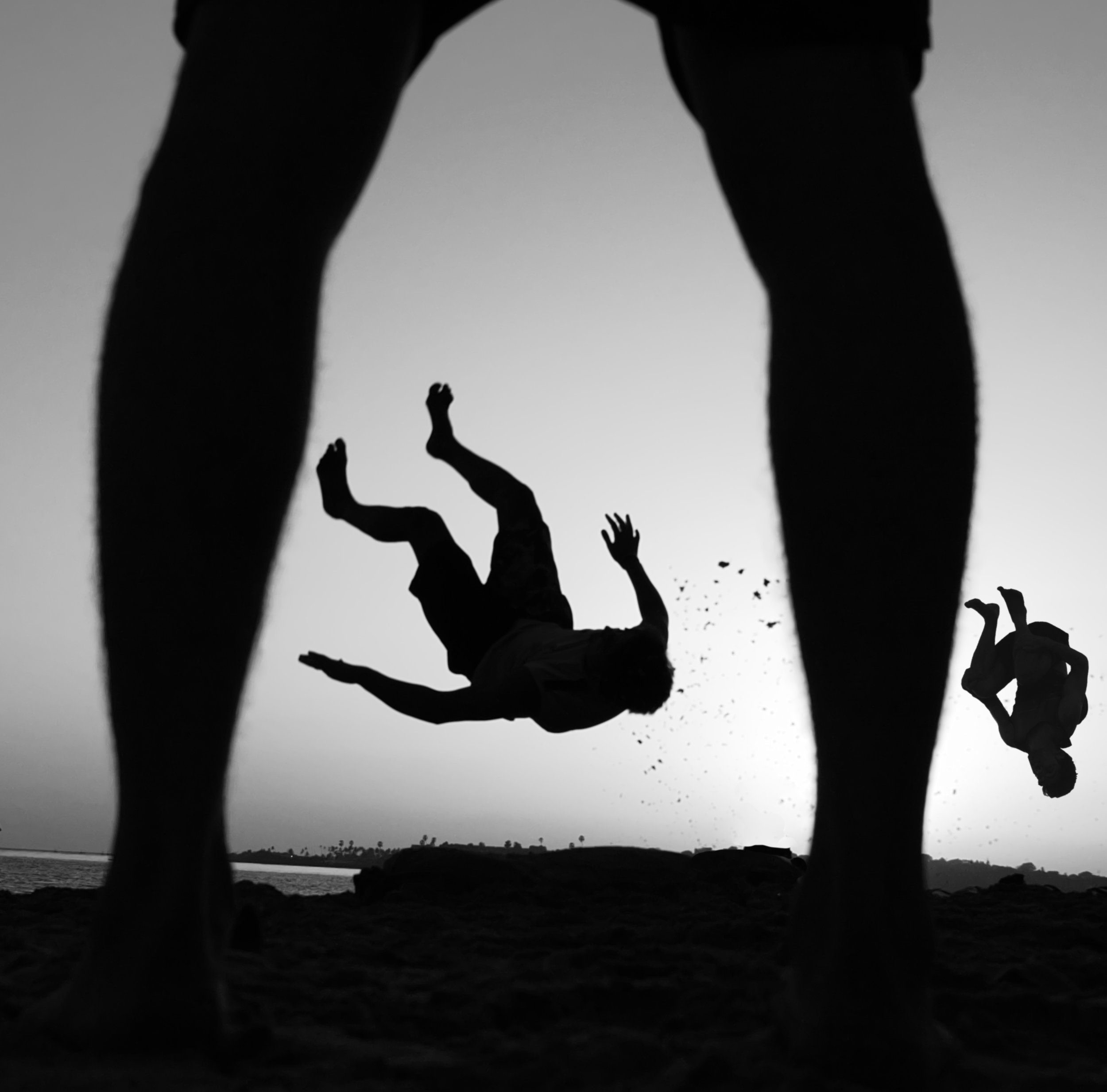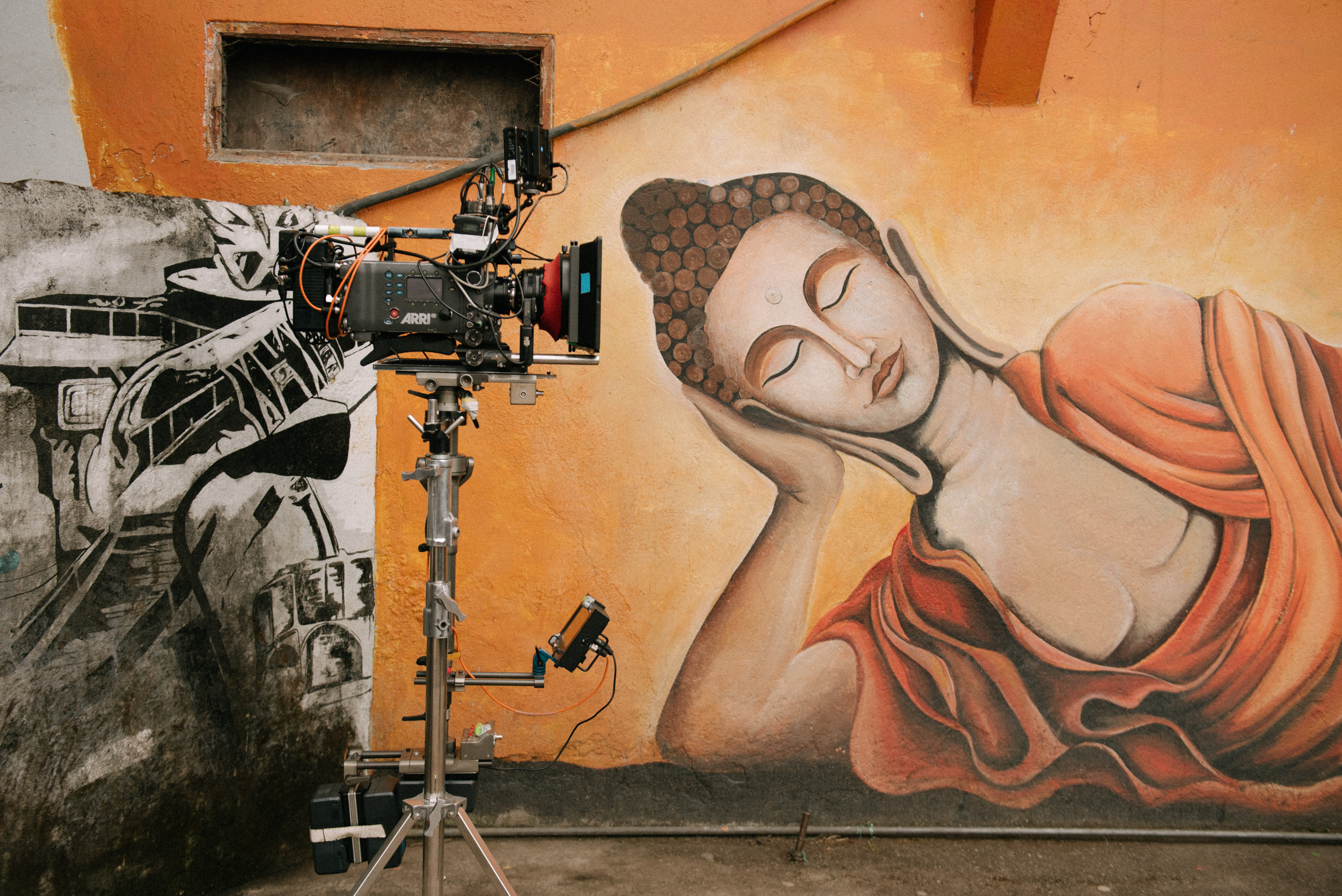
What is ISO in photography?
What is ISO in photography? In times when people used film cameras to take photographs, ISO sensitivity expressed the speed of photographic negative materials and it used to be expressed as ASA. But now, since digital cameras do not use film but use image sensors instead, the ISO equivalent is usually used.
What ISO denotes is how sensitive the image sensor is to the amount of light present. The higher the ISO, the more sensitive the image sensor is to the available light. So if you are shooting in low light conditions, you need to increase the ISO. Most cameras have 100 ISO as their lowest setting.
When people used film, they usually had to change the roll of film to change their ISO. It was not uncommon for people to carry two different cameras with two different rolls of film - each with a different ISO in order to shoot under different situations. The lower ISO 100 film would be used for shooting in daylight and the higher ISO, 400 and above would be used to capture night scenes.
Now you just need to change your ISO within your camera from a lower to higher setting to be able to take night shots.
Caution
Having this great feature in your camera can be quite powerful but be careful, shooting at high ISO can cause noise to appear in your photographs. This can be seen in the photographs below.
ISO in photography
The above image was shot at ISO 100 and as you can see there is hardly or no noise. The image below was shot at ISO 3200 to illustrate how noise can appear at higher ISO settings. Each camera has it's own noise threshold, so make sure you test your own camera before you increase the ISO levels.
What is ISO in photography
Watch this video to understand more about ISO and please remember to subscribe to our channel by clicking here.
Please share this post with your friends if you found it helpful.
Understanding shutter speed in photography
Understand shutter speed in photography
The shutter speed, is essentially the time or the amount of time that the shutter remains open to allow light in. It is usually expressed in fractions like 1/60, 1/120, 1/250 etc which basically means that the shutter remains open for the 60th of the second, 128 of the second or 250 of a second.
The longer the shutter remains open, the more the light enters the camera and hits the film or the sensor and the shorter the duration of the shutter the lesser the light which enters the camera. It is almost like turning a tap on or off. The longer the tap remains open the more the water in the bucket.
An important point to note in this, is that, as fractions go 1/120 is actually a longer period of time than 1/250. If you are as hopeless with fractions as I am, just remember–the higher the number, the faster the shutter speed. By this logic, 1/1000 is faster than 1/500 which is faster than 1/250 and so on.
shutter speed
Also, what needs to be remembered is that once the shutter speed goes below one second, you will begin to see a quotation mark in front of the number which actually means “second". So the shutter speed of one second will be expressed as 1" and a speed of two seconds will be expressed as 2".
A " next to the shutter speed denotes that that speed is in seconds instead of a fraction. 2"
means that the shutter speed is 2 seconds and not 1/2 second.
Using slow or fast shutter speed
If we assume that the aperture is constant, when you slow down the shutter speed, you are letting in more light because your shutter stays open for a longer time. The opposite happens when you increase your shutter speed. Both, a slower shutter speed and a faster shutter speed have different uses and can be used creatively to capture different kins of photographs.
Using slow shutter speed
As said earlier, slowing down the shutter for a longer period lets in more light but there is another thing that happens.
Slow shutter speed also gives time for the object you are shooting - the time to move, thereby inducing a "movement blur" in the photograph.
While nobody wants blurry photographs, if you can control the blur it gives a lot of opportunity to explore your surroundings creatively.
A classic example of this is the photograph below. The camera is on a tripod and a long shutter speed has been used.
slow shutter speed in photography
The camera has been put on a tripod to ensure that there is no camera shake. Hand holding the camera when the shutter speed is slow might cause your hand to shake and the whole photograph will turn out to be blurry.
Since the rocks are stationary, they appear sharp.
Since the water is moving, the slower shutter speed causes a blur in the water - giving it a milky feel.
During the day, you might not be able to slow down the shutter speed enough to achieve this effect and you might need a Neutral Density filter to slow down the shutter speed.
Here is another example of using a slow shutter speed.
Slow shutter speed in photography causes objects to blur
Using a fast shutter speed
Using fast shutter speed allows you you to freeze motion. Usually, you don't need a tripod to shoot at very fast speeds because there is very little possibility of your hand shaking. All those sports photographers you see on the sidelines? They are mostly shooting at very high shutter speeds to freeze the action - and their tripods are usually there to support the heavy "mother of all zoom lenses" that they are using.
Fast shutter speed
The photograph above is a complete contrast to the photograph of the waterfall that we saw earlier. Here, due to the fast shutter speed, the water appears to be frozen in time. We can almost see each droplet with clarity.
Here is another example.
Using fast shutter speed in photography
The graphic below sums up how this all works.
shutter speed photography definition
Also watch the video below to understand this better.
Also read:
How aperture affects the look of your photographs and depth of field
Please share this article with your friends on Twitter, Facebook and Google Plus if you found it useful and leave us a comment if you have any questions.
Understanding aperture in photography
Understanding aperture in photography
Imagine in your mind, how the camera works. For you to make a good photograph, a certain amount of light needs to hit the sensor. Let us assume this amount of light to be hundred units. If the light hitting the sensor lesser than the amount of light required, the photographs will be dark or “underexposed”. Similarly, if the amount of light hitting the sensor is more than the amount of light required, the picture will be over-bright or “overexposed”.
There are two ways of controlling the amount of light hitting the sensor-via the aperture or with the shutter speed.
What is aperture?
The aperture is nothing but the hole in the lens through which the light enters the camera. For the time being, all you need to know about the aperture is that smaller the number [1.4 or 1.8], the bigger the aperture and similarly, the larger the number will [16 or 22], the smaller the aperture or the size of the hole on the lens.
Understanding aperture in photography
All these numbers are often referred to by using the alphabet F in front of them. So 1.4 is referred to as F1 .4 and 16 is referenced to as F-16. This is just another way of trying to sound cool. There is actually no difference if you say 16 or F-16.
Understanding aperture in photography - Aperture closed down
Just remember, the smaller the number-the bigger the whole AND the bigger the number, the smaller the hole. This is all that you need to remember about the aperture. This will become second nature as time goes by but it is crucial that for the time being, you remembered this!!!
Understanding aperture in photography - Full open aperture
The size of the aperture is measured in f-stops, which control the depth of field. With few exceptions, each f-stop lets in half as much light as the next larger opening and twice as much light as the next smaller one. From the largest opening to smallest, standard f-stops are as follows: f/1, f/1.4, f/2, f/2.8, f/4, f/5.6, f/8, f/11, f/16, f/22, f/32 and f/45. This can be a little confusing because the larger the f-stop, the smaller the amount of light that is let into the camera. The easiest way to think off-stops is in terms of fractions: just as '/i6 is less than l/s, an f-stop of f/16 is smaller than, and lets in less light than, f/8.
You won't find the full range of settings on any one lens. In most cases, the standard lens on a digital camera is in the f/3.5—f/16 range.
The maximum aperture of a lens determines by how much it can be opened. The maximum aperture is also referred to as the maximum iris, or the speed of a lens. Although lenses are referred to by their focal length, the description of a lens also carries a second number, such as 2.0 or 3.5, which indicates the maximum aperture of the lens. Larger maximum apertures, such as f/1.8, let in more light than smaller apertures, such as f/3.2, allowing you to take better shots in low-light situations.
Watch the video below to understand aperture better.
Also read: How aperture affects your photograph - Depth of field
Please share this post with your friends if you found this useful.
Learn photography by reading: The Ultimate Photography Guide for Beginners
How is a photograph made
How is a photograph made?
When taking a picture, you press the shutter release and there are two things that happen:
- The shutter opens for a fraction of time to let light from the scene to be focused onto the image sensor. The fraction of time for which the shutter opens is called shutter speed.
- The light coming in comes through a hole in the lens. This hole is called an aperture - an adjustable opening that regulates how much light passes through the lens.
So, to get the ideal exposure, just the right amount of light must strike the image sensor. If there is too much light - your picture will be overexposed and if there or too little light, your picture will underexposed. In either case you need to adjust the amount of light coming into the camera. So we can do this one of two ways:
- Change the shutter speed. Make the shutter speed slower (so that it remains open for a longer time) to allow more light to come in OR make the shutter speed faster to let less light come in - depending upon whether the photograph is under or overrexposed.
- Another way to change the amount of light coming into the camera is by opening or closing the lens's aperture. 'Stopping down' the aperture makes it smaller so that it lets in less light. Opening it up lets in more light.
http://youtu.be/vZ-_zMSqnKk
Once the right amount of light hits the sensor or film - you will have the perfectly exposed picture.
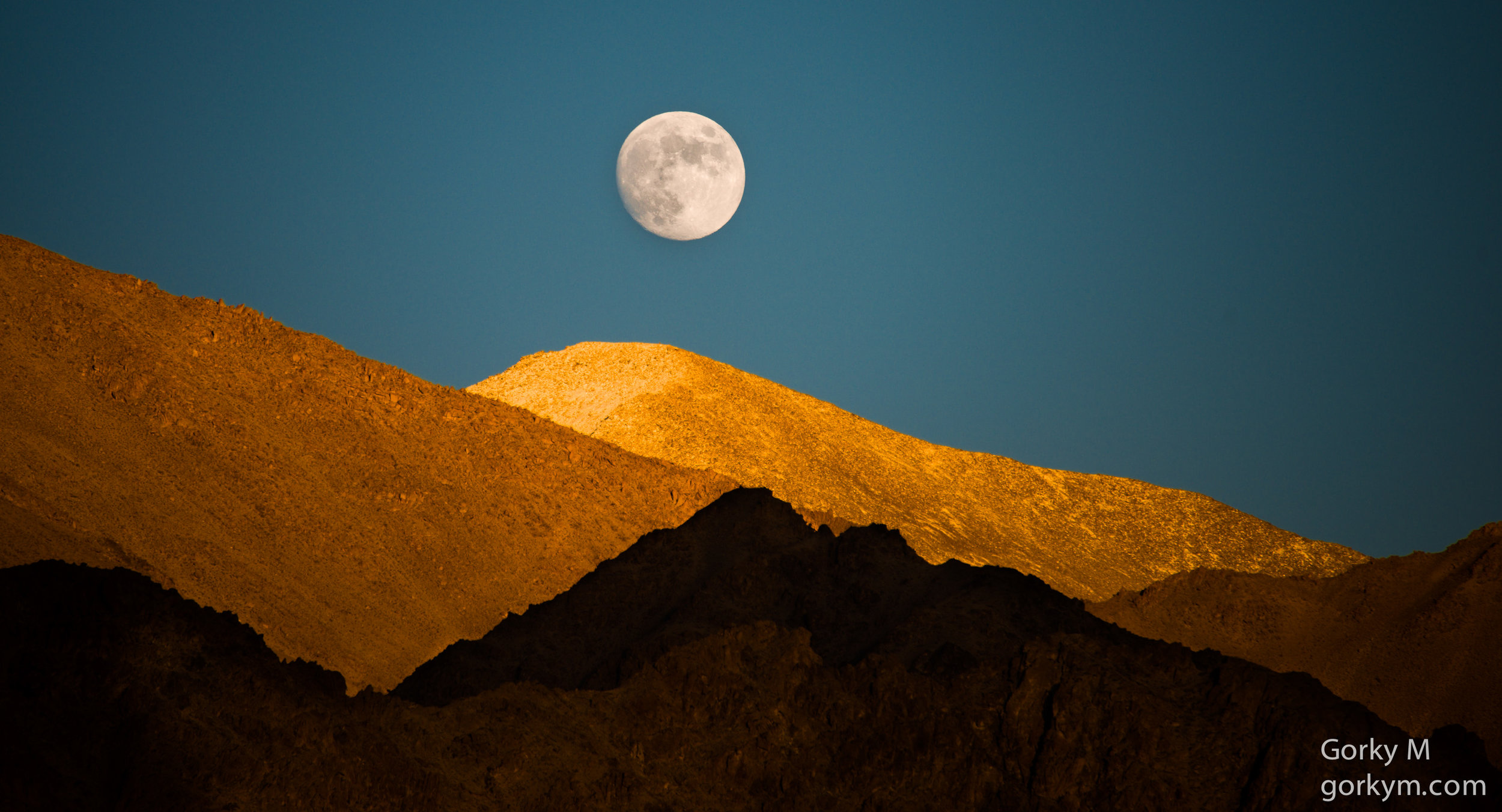
Please subscribe to our channel if you like the video by clicking here or click on the image below to watch all our episodes on photography.
Also please don't forget to leave us a comment if you have a question or would like to leave a request as to which video would you like to see next.



